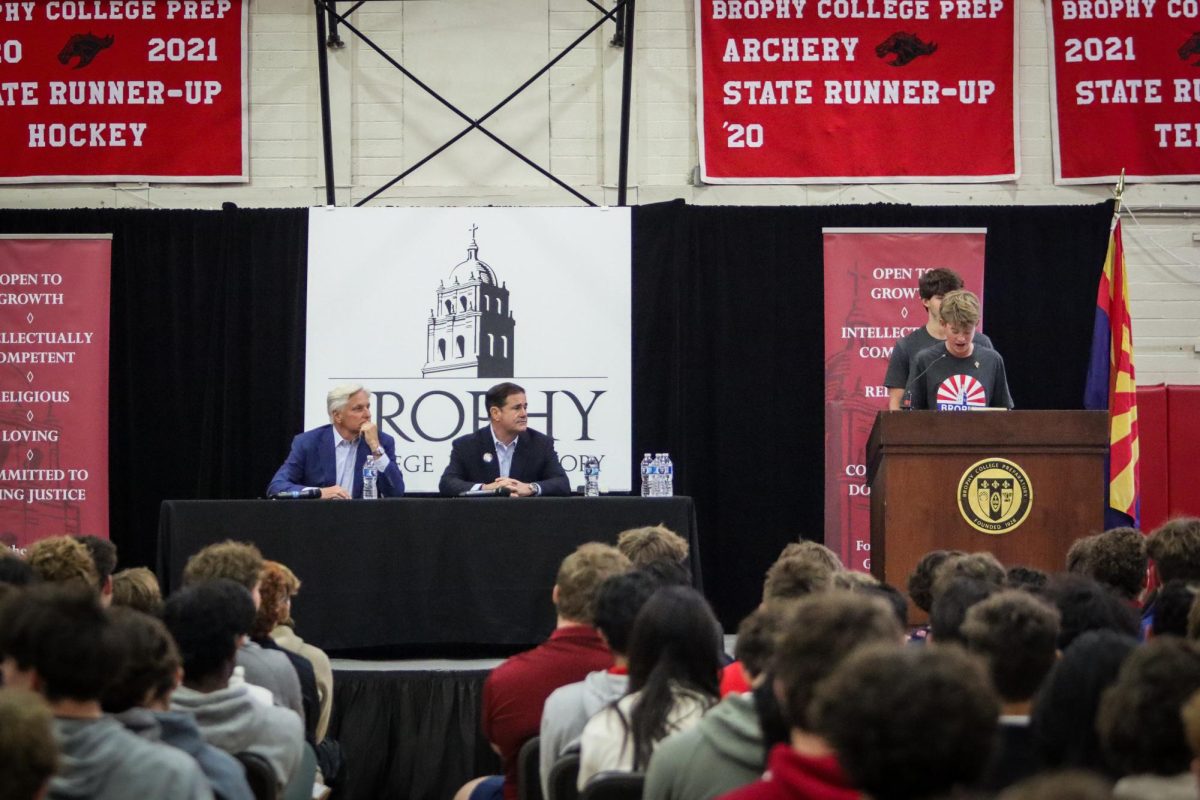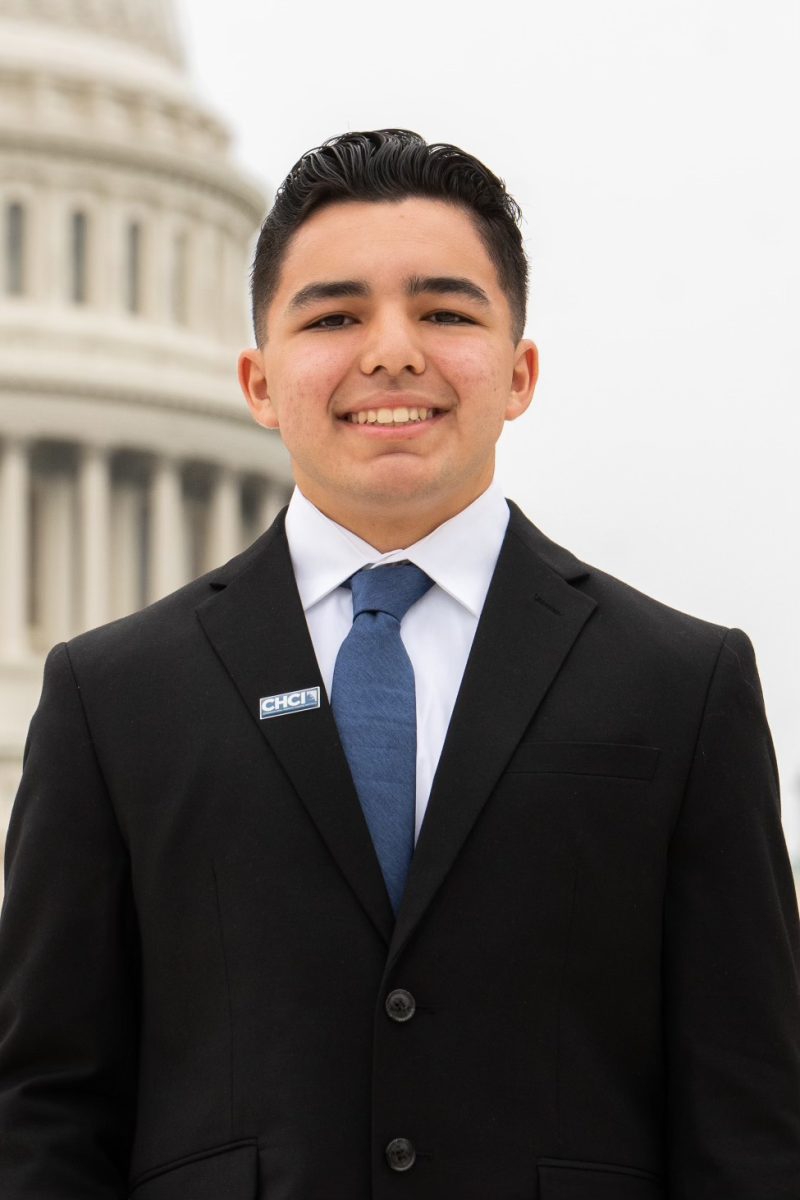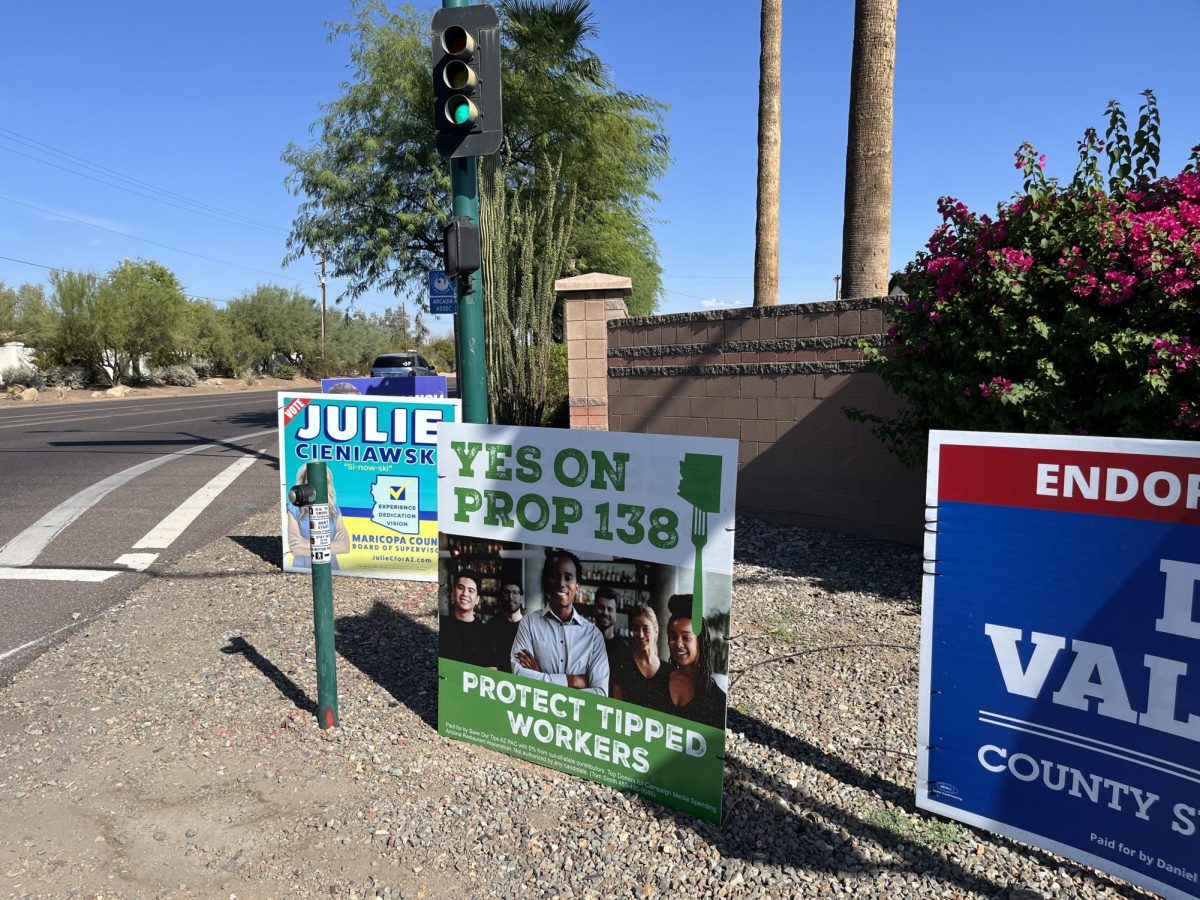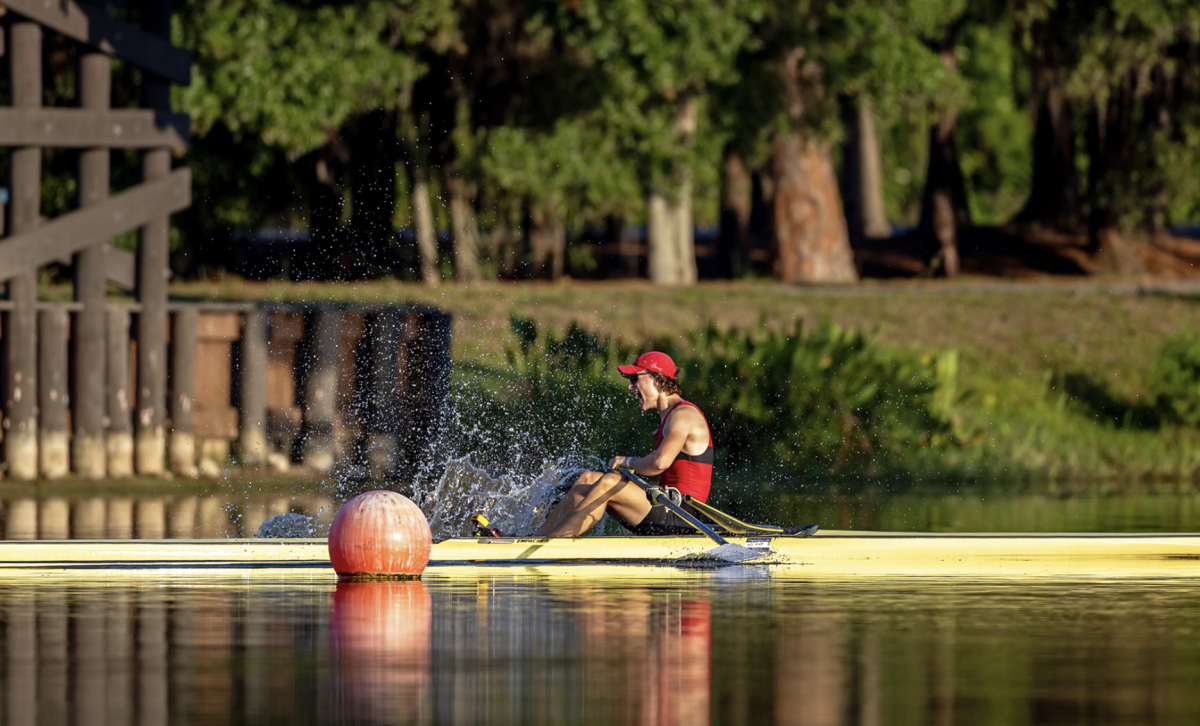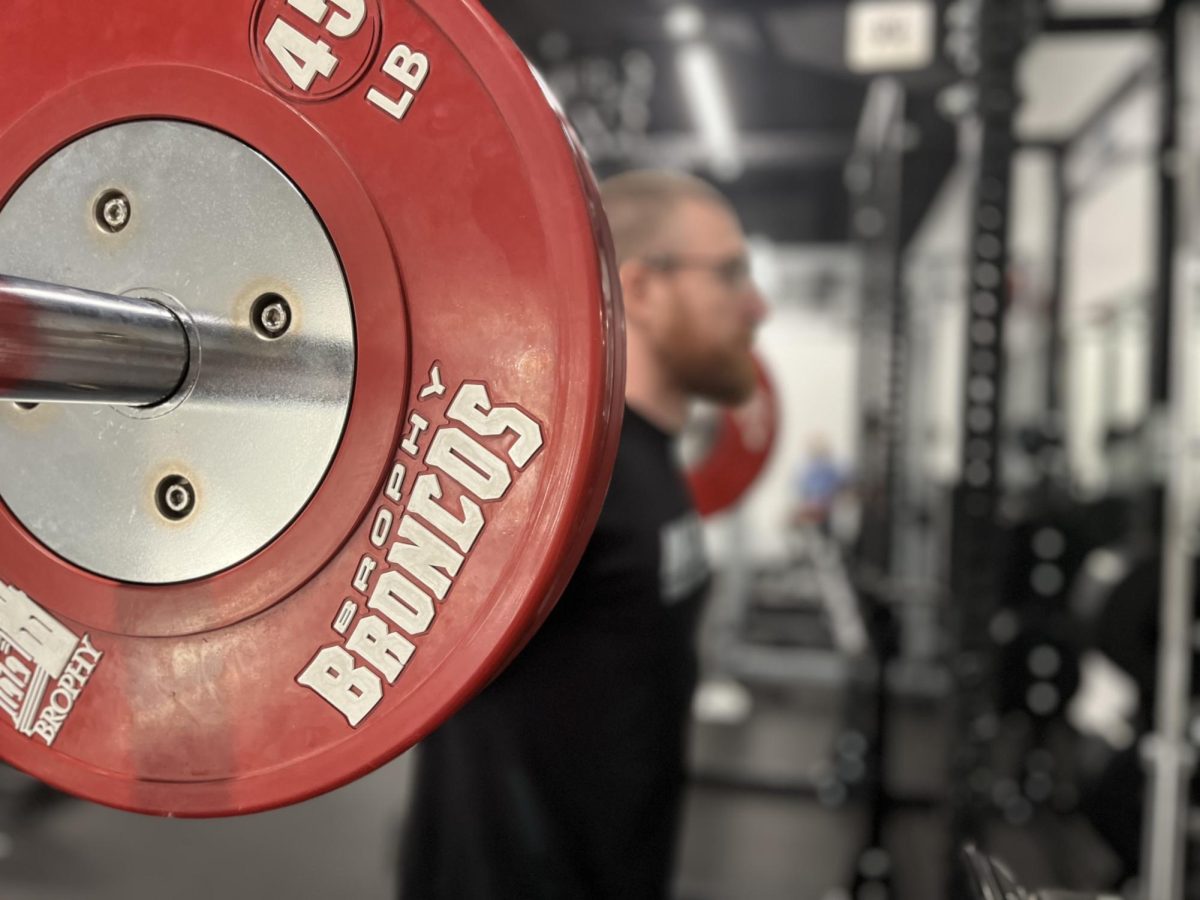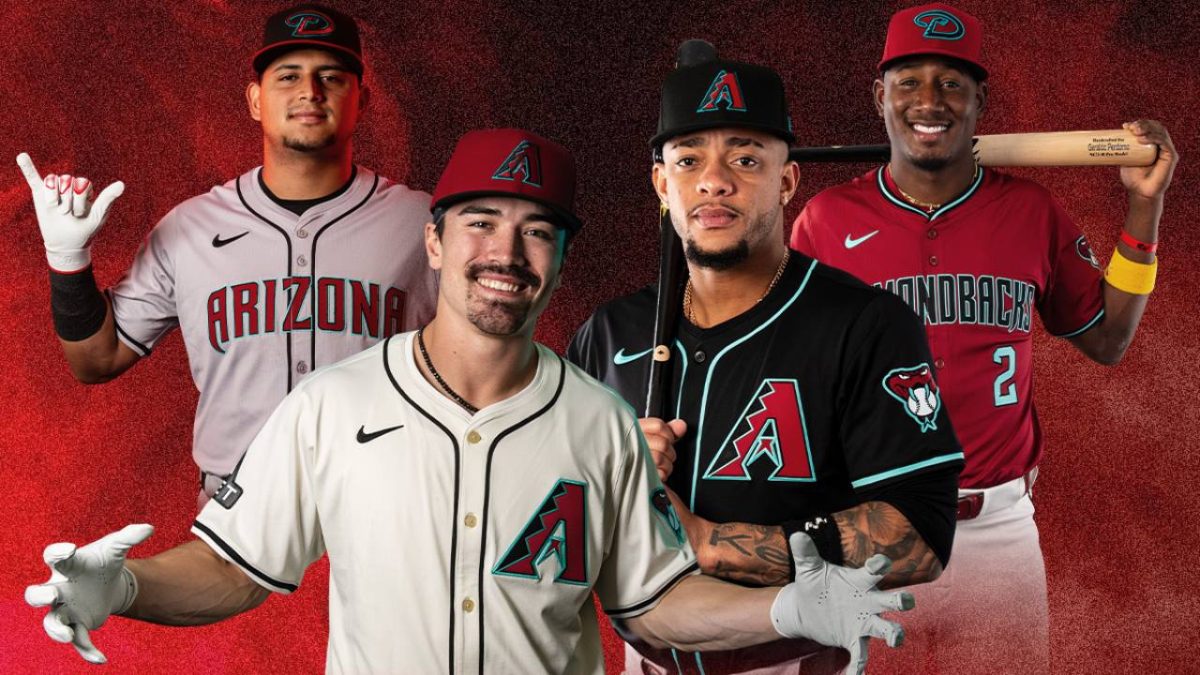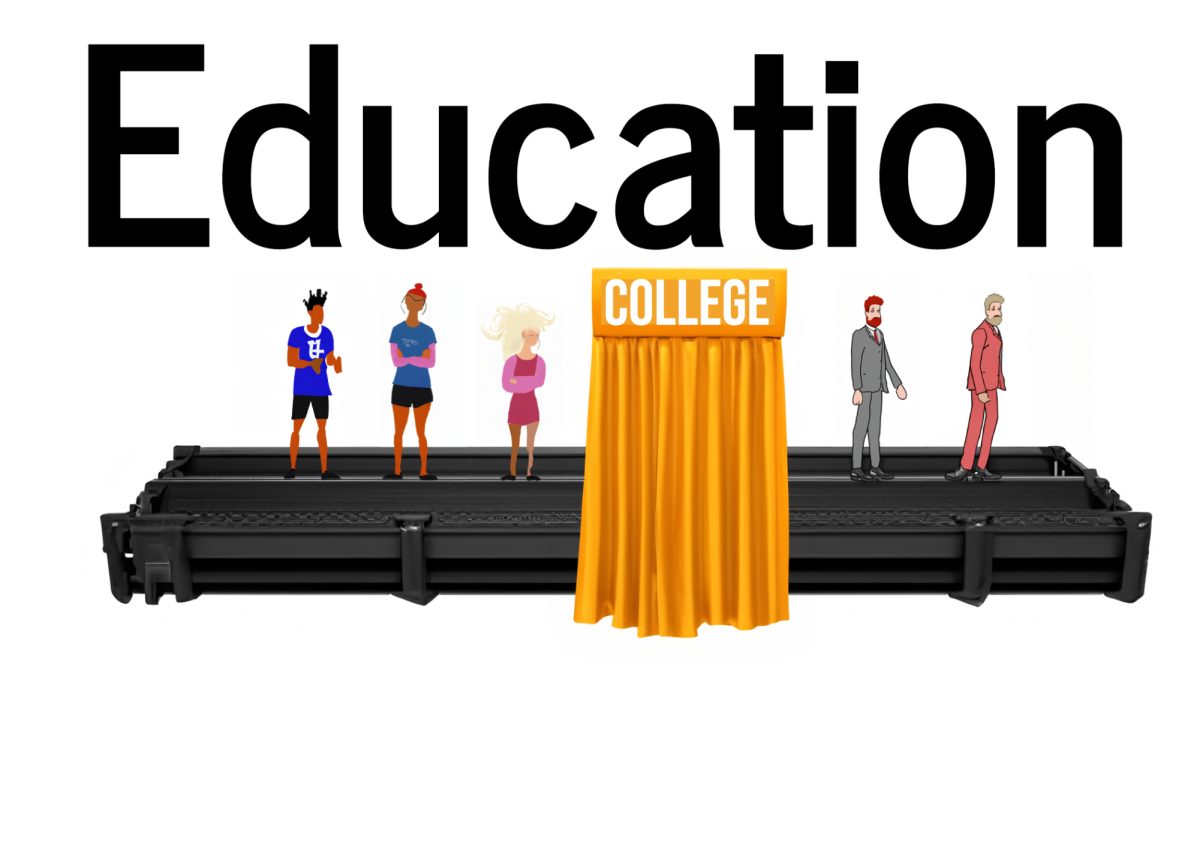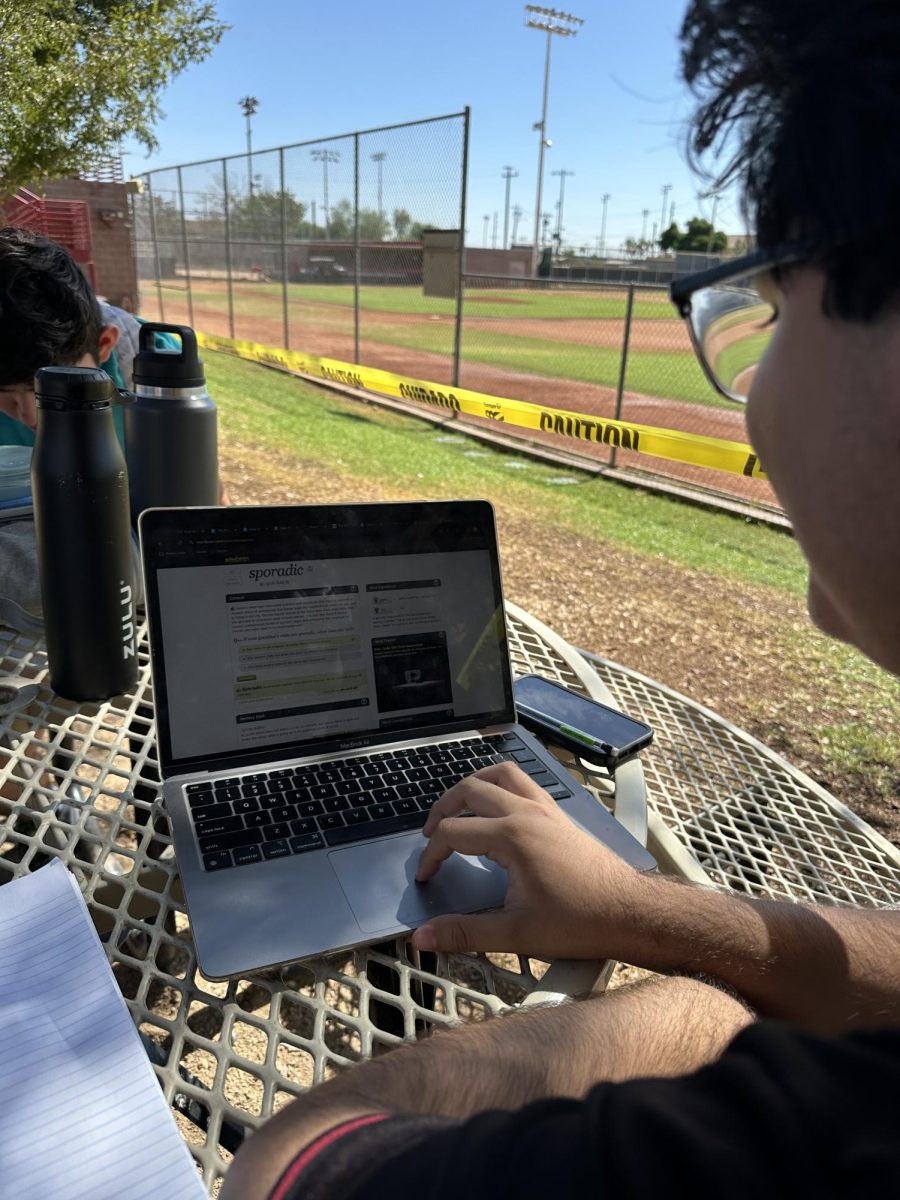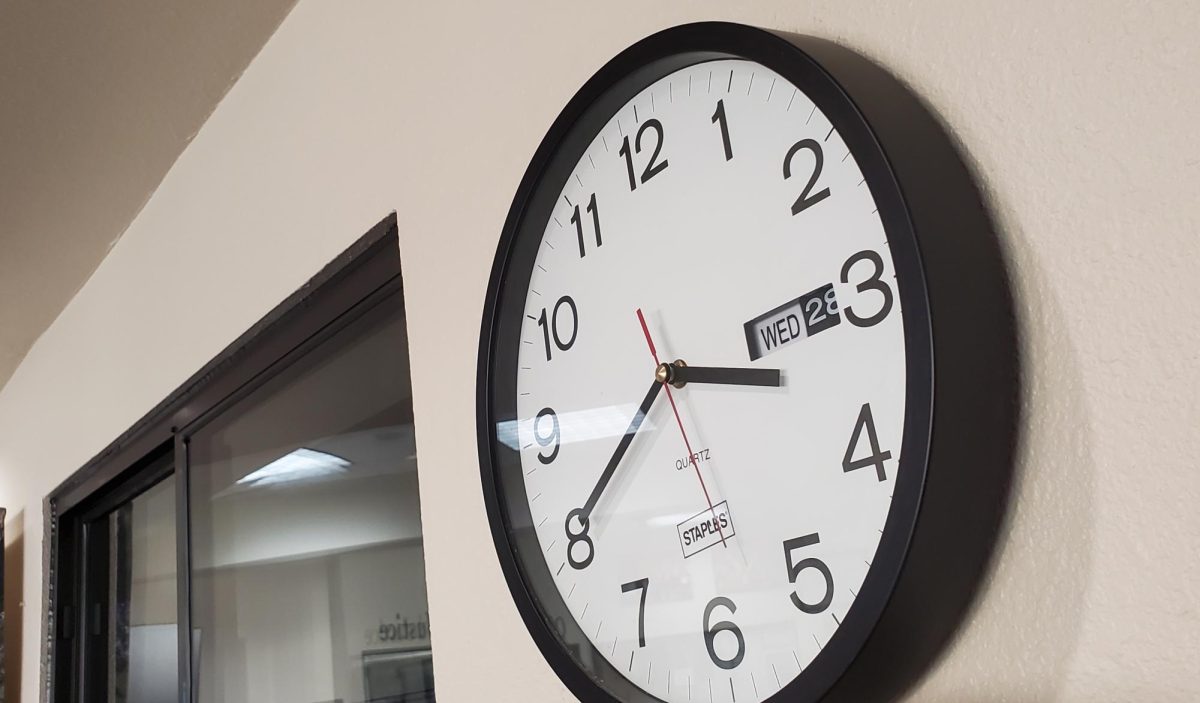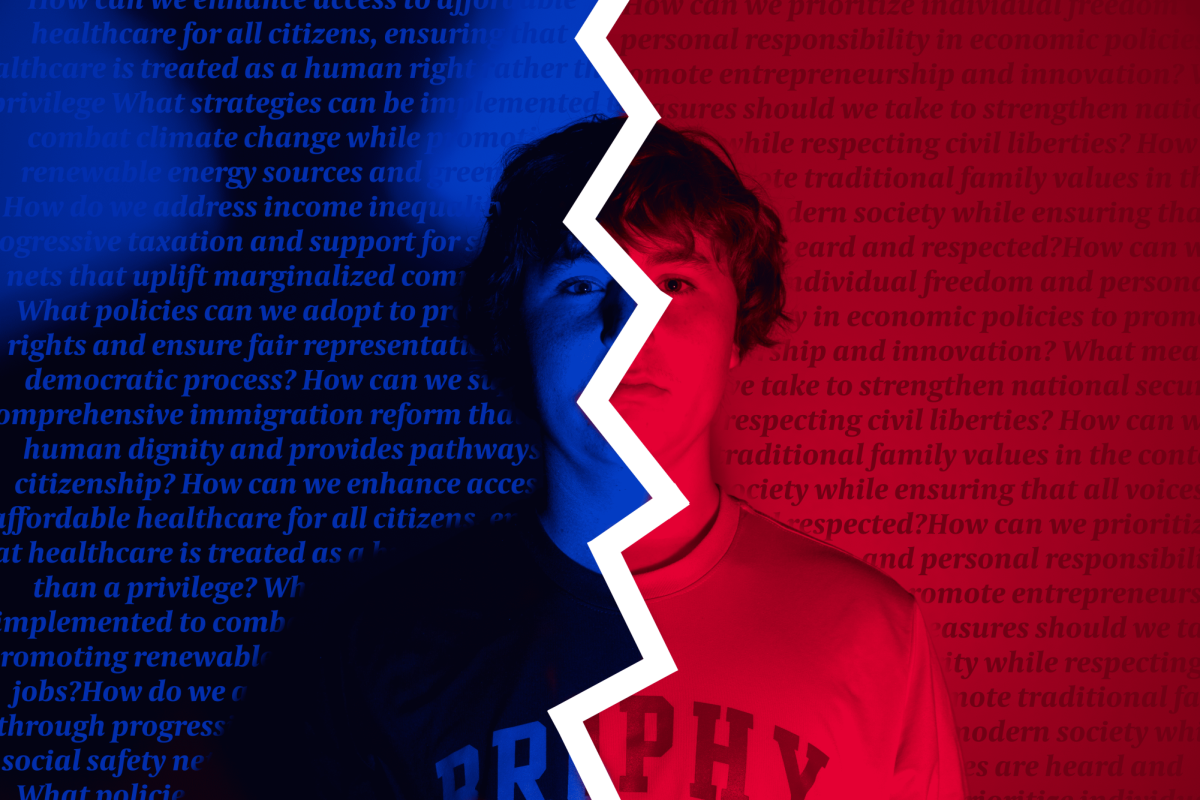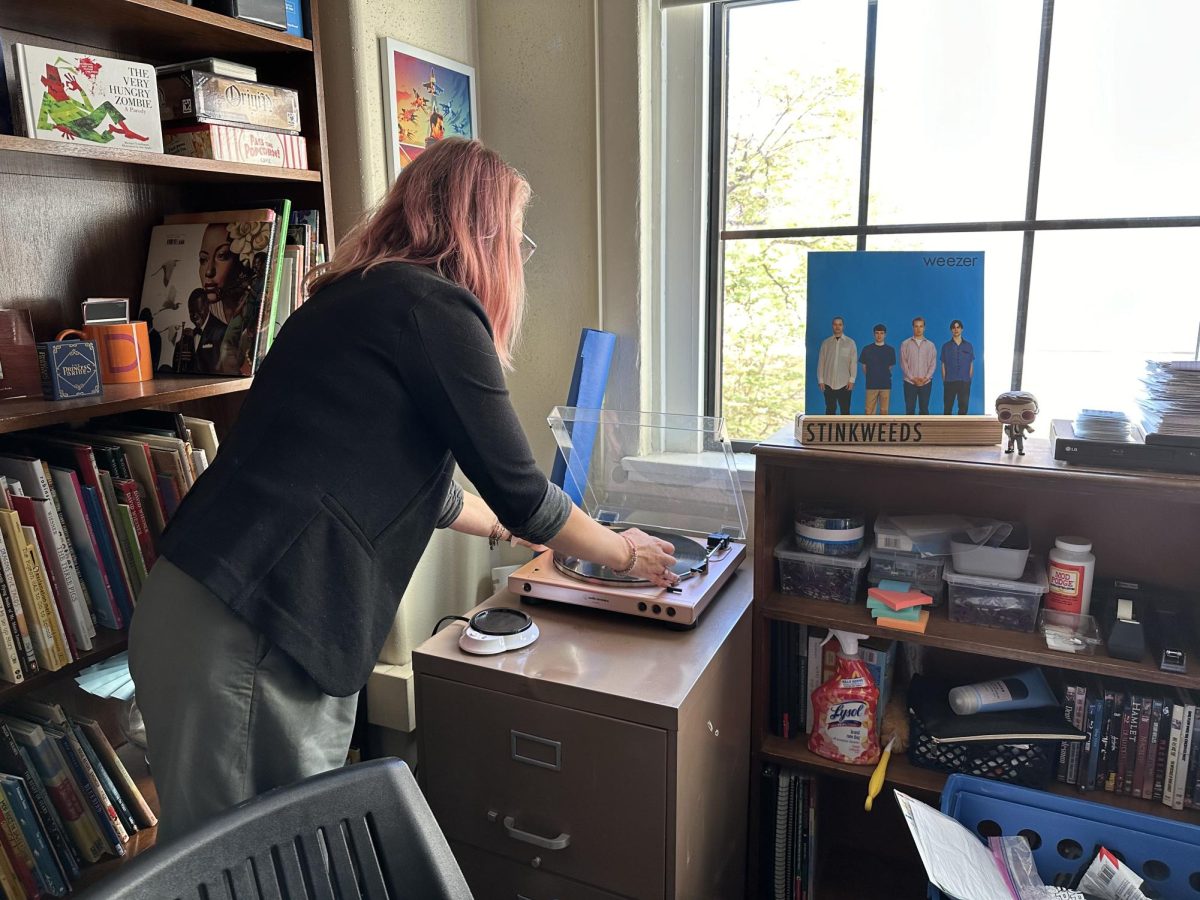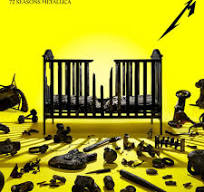By Matthew Zacher ’18
THE ROUNDUP
The Science Department faculty nominate two students each year, usually freshmen or sophomores to research and work at Barrow Neurological Institute.
One of these students, Kirshna Sinha ’18, works with Dr. Leslie Baxter to research a possible correlation between motor performance, like tapping your finger, and the size of various brain structures.
“I am definitely interested in working with technology in the future,” he said. “I have heard that people are working with artificial brains, which is super cool, so maybe that is something I want to explore–that kind of intersection between technology and biology.”
Sinha, currently enrolled in AP Physics I, said that his work in this complicated research has had an effect on his work in science classes.
“It definitely gets you to think about science differently,” he said. “Some parts of science are memory, like you know what DNA is, but parts of it is also what is happening in the system, and I think it definitely does help, especially in science to think about experiments and data differently.”
Ms. Cheryl Lenox teaches Biology and is involved in the Science Journal of Brophy and the Science Innovation Research Team, in which many of these student researchers participate.
Ms. Lenox said that these students who are researching at institutions such as the Mayo Clinic, Barrow, and Arizona State University are prepared for potential careers in the scientific field.
“They are working in real scientific labs, so any articles that they publish, their names will be on it,” Ms. Lenox said. “They can be published scientific researchers before they graduate.”
Daniel Noon ’20, a freshman, is currently working on three projects at ASU and said that, in addition to his schoolwork, he spends about an hour a day on his research.
The main focus of his research is diabetes, and one of his projects involves the disease’s relation to puberty.
“We are determining if puberty causes insulin resistance,” Noon said. “Insulin resistance is a major factor in Type Two Diabetes, and so we are seeing what the kids’, who are shown through certain algorithm tests that we do to be in a pubertal stage, likelihood and predisposition to insulin resistance is.”
Noon’s parents are both doctors, but he said his grandmother inspired him to work with diabetes.
“I have been really interested in diabetes research for a few years,” he said. “My grandma was diagnosed with Type Two Diabetes a few years ago and so that is where my interest started.”
Ms. Lenox said that Noon’s work, especially at his age, puts him on a path toward success in the field.
“He’s on his way to being a published researcher and beyond,” she said.

